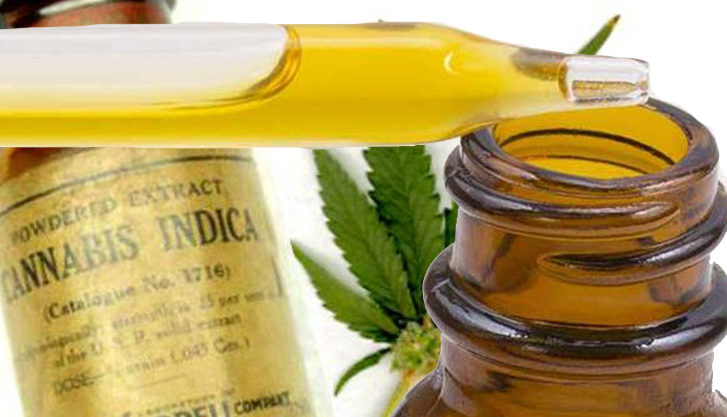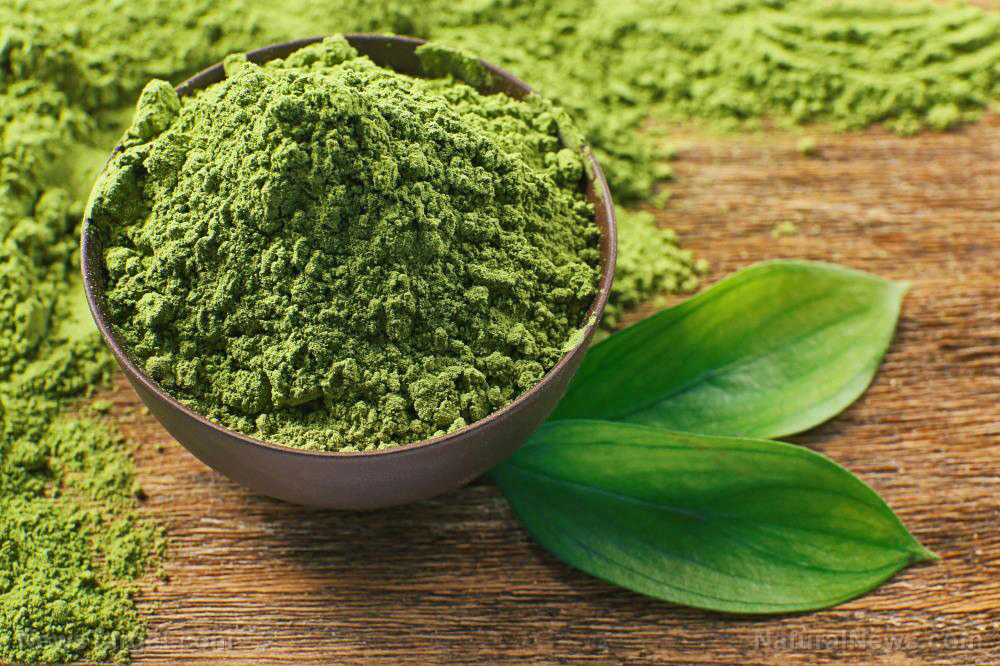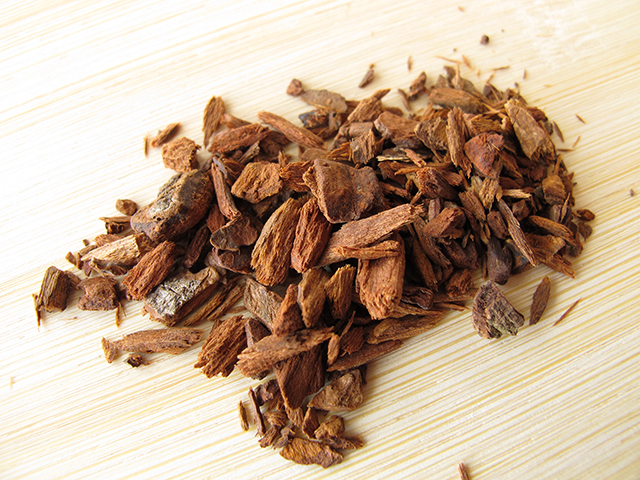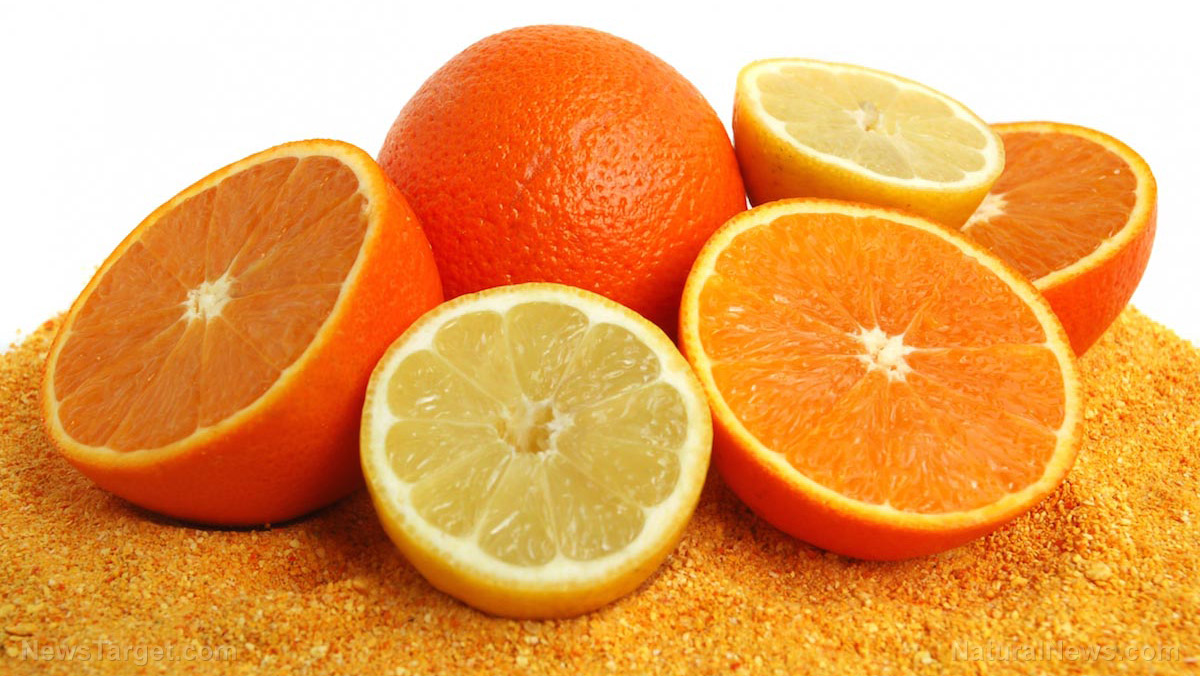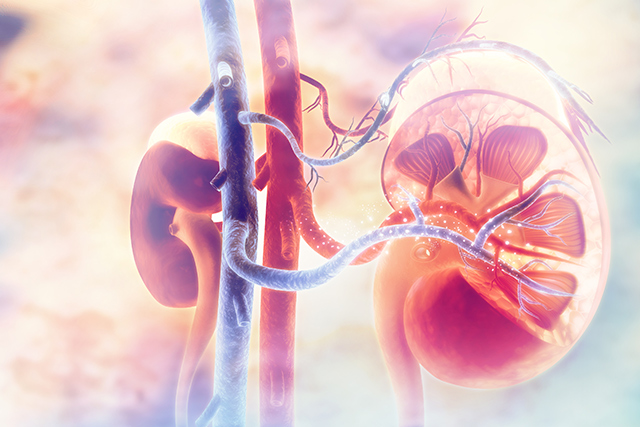How does mint make your mouth feel cool? (It’s all about menthol)
09/04/2020 / By Divina Ramirez
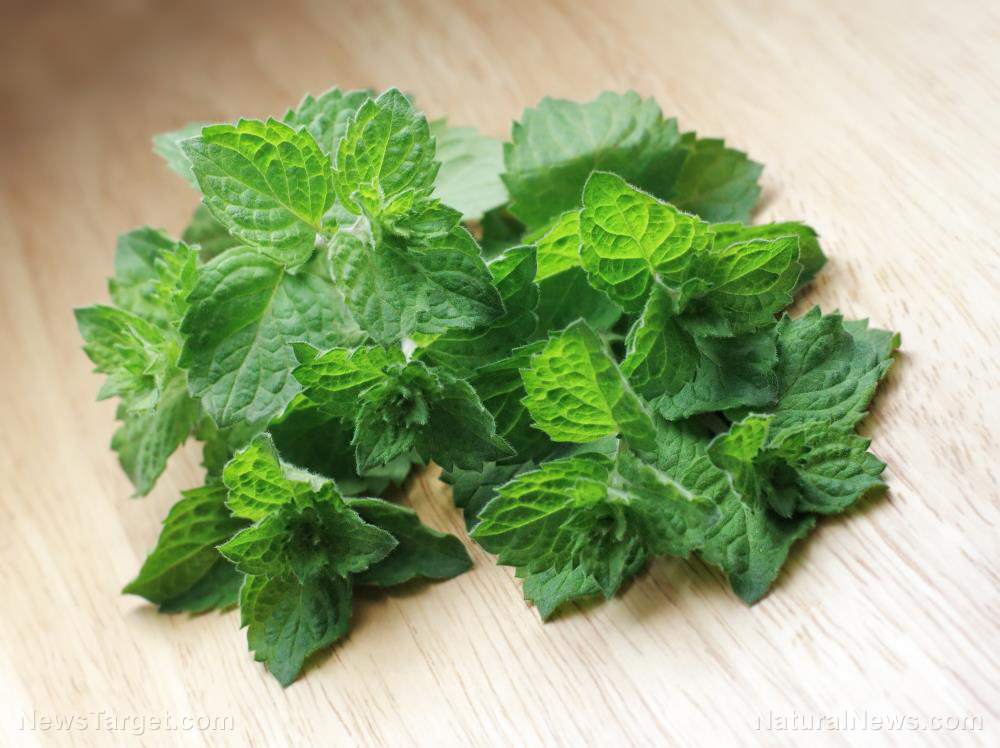
Mint gum and mint candies make the mouth feel cool despite not being cold to the touch. Science journalist Grant Currin explains in his recent article published by LiveScience that a compound called menthol is responsible for mint’s characteristic cooling effect. This compound tricks the body into feeling cold by stimulating neurons under the skin that monitor things like touch, temperature and pain.
Menthol, a product of natural selection
Scientists think that millennia ago, the ancestors of plants like mint and chili peppers began producing active compounds as part of their defense mechanism. Through natural selection, these plants discovered that menthol and capsaicin could effectively protect them from external threats.
The cold and hot sensations caused by menthol and capsaicin, respectively, helped prevent predators from eating the plants. Because of their usefulness, the ancestor plants passed on the genes encoding for these compounds to their descendants and so on until humans started to consume these plants.
Today, menthol — also known as peppermint camphor — is used medicinally in ointments, cough drops and nasal inhalers to soothe the respiratory tract. It is also commonly used as a natural flavoring agent in foods, liqueurs, cosmetics, perfumes and even cigarettes.
Cold-sensing protein acts as a signaling molecule
According to Seok-Yong Lee, a professor of biochemistry at Duke University in North Carolina, certain neurons located under the skin sense hot and cold sensations. This network of neurons is different from those involved with other senses like taste and smell. Menthol stimulates these neurons to open ion channels and send signals to the brain saying it feels cold despite the absence of a cold stimulus.
In particular, the protein called transient receptor potential cation channel subfamily M member 8 (TRPM8) is the main cold-sensing receptor that alerts the brain to a drop in temperature. It “turns on,” for instance, when you lick an ice cream cone, said Currin.
Lee and his colleagues shed light on the effects of cooling agents like menthol on TRMP8 for the first time in a recent article published in the journal Science.
According to them, menthol tricks TRPM8 into opening its doors, so to speak, and letting in sodium and calcium ions. The presence of these ions then tells the brain that the body feels cold. But this process doesn’t just happen through ingestion. It can also occur if someone applies menthol to their skin. For instance, applying gels, lotions and creams that contain menthol topically can make the skin feel cold and numb.
But make no mistake. This cooling effect is just a sensation. At high concentrations, however, menthol can cause local inflammation and lead to an increase in temperature.
More than a cooling sensation: Uses and benefits of menthol
Menthol has since gone past being just a defense mechanism for plants like spearmint, peppermint and basil, among others. Today, humans use menthol-containing herbs as both food and medicine because of their sharp, cooling effect.
If distilled and separated as a concentrated oil, menthol can be used as a safe and holistic treatment for pain, inflammation and congestion. Here are some of the reported health benefits and uses of menthol:
- Protects against gastrointestinal ailments – Menthol is a natural medicine for gastrointestinal problems like gas, indigestion and bloating. It also functions as a natural muscle relaxant, protecting the gut from spasms. (Related: Peppermint oil can help relieve chest pain after eating.)
- Soothes itching and inflammation – If applied as a topical medicine, menthol can help treat itching and minimize inflammation due to rashes and bug bites.
- Eases headaches – Essential oils containing menthol are go-to remedies for headaches and migraine attacks. On top of relaxing muscles, menthol can also ease pain. In fact, it can also be used for pain relief from toothaches.
- Treats lung conditions – Diffusing menthol from oils and inhaling it can help asthmatic patients breathe better. Menthol is also great for bronchitis. Plus, menthol can decongest the nose and treat cough caused by the common cold.
Menthol in mint and other herbs can make our mouths feel cool, and this same cooling sensation can be utilized for a variety of medicinal purposes, from soothing rashes to treating colds.
Read more articles about the health benefits and uses of mint at FoodIsMedicine.com.
Sources include:
Tagged Under: alternative medicine, digestion, food cures, food is medicine, functional food, herbal medicine, Herbs, menthol, Mint, natural cures, natural medicine, pain relief, phytonutrients, prevention, remedies
RECENT NEWS & ARTICLES
PlantMedicine.News is a fact-based public education website published by Plant Medicine News Features, LLC.
All content copyright © 2018 by Plant Medicine News Features, LLC.
Contact Us with Tips or Corrections
All trademarks, registered trademarks and servicemarks mentioned on this site are the property of their respective owners.



